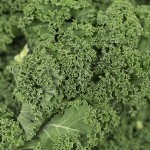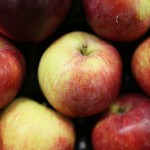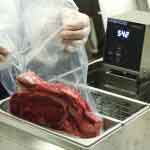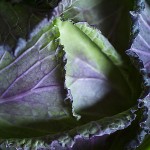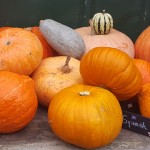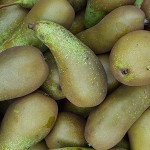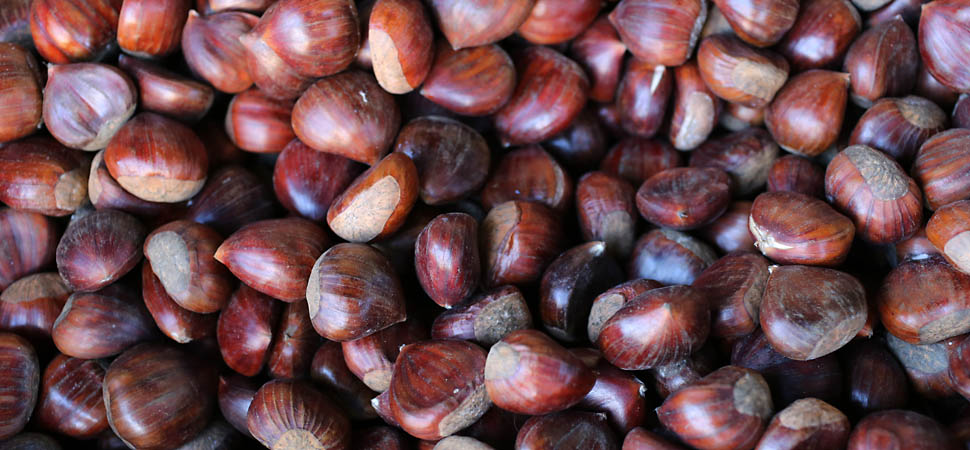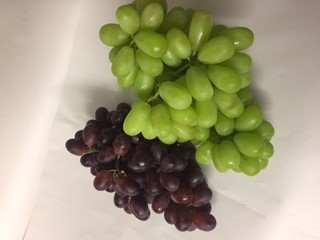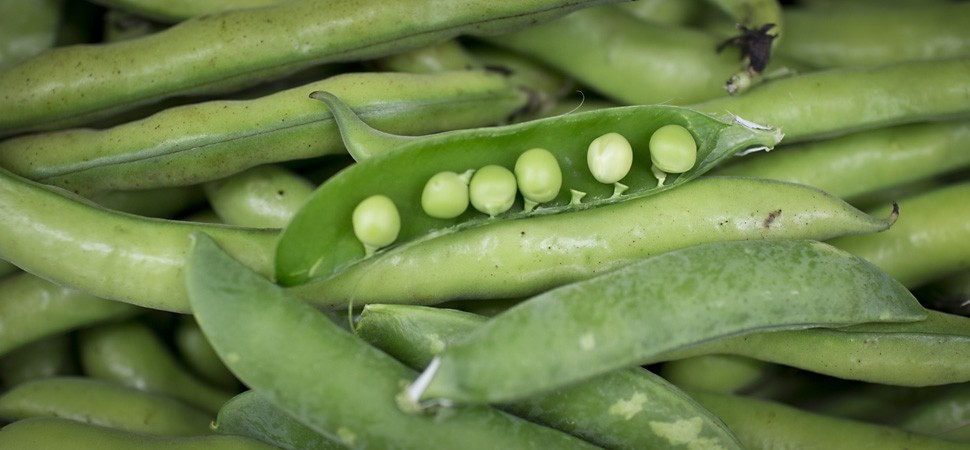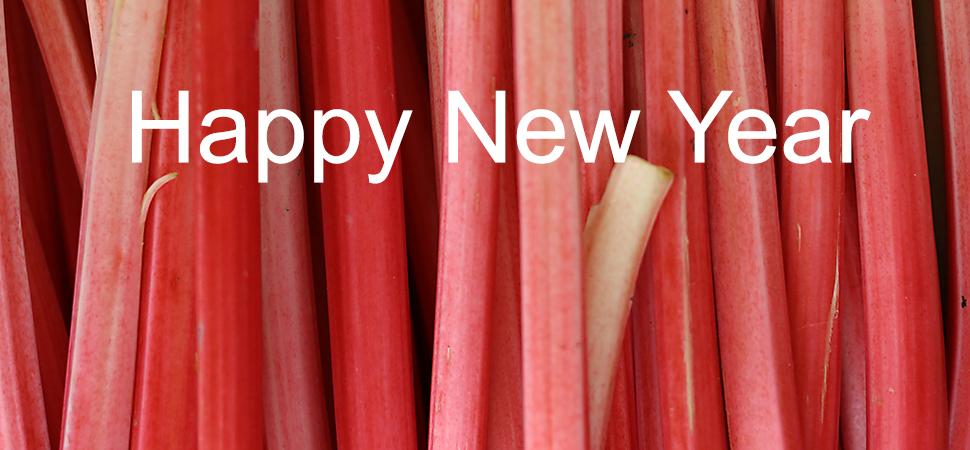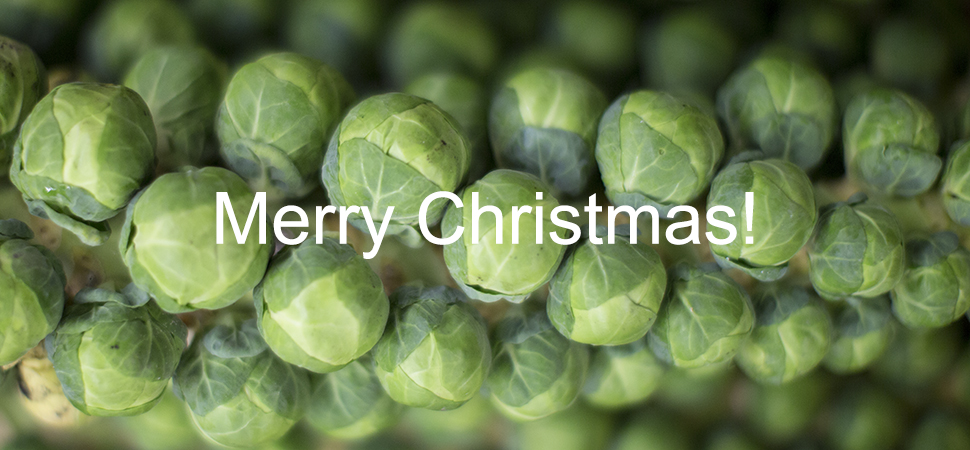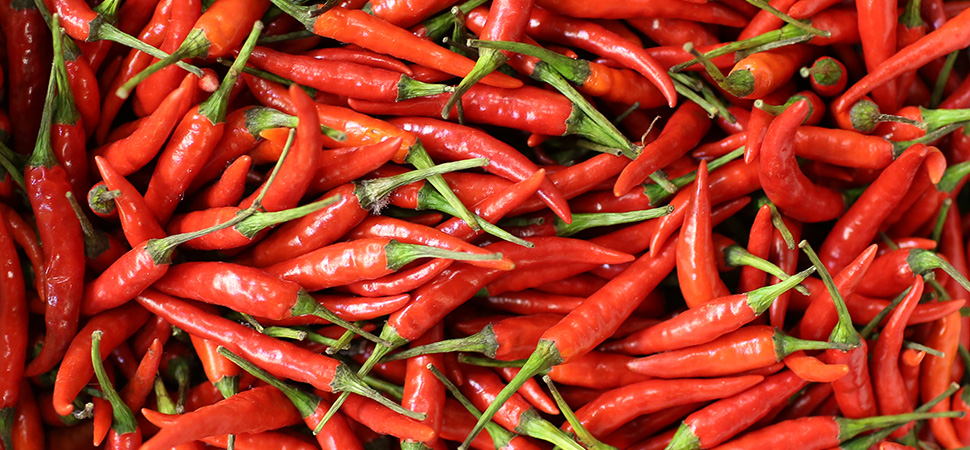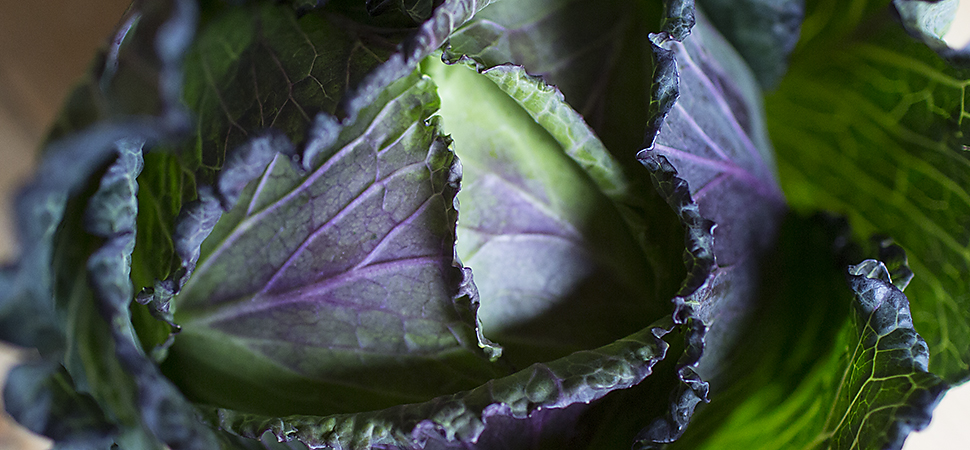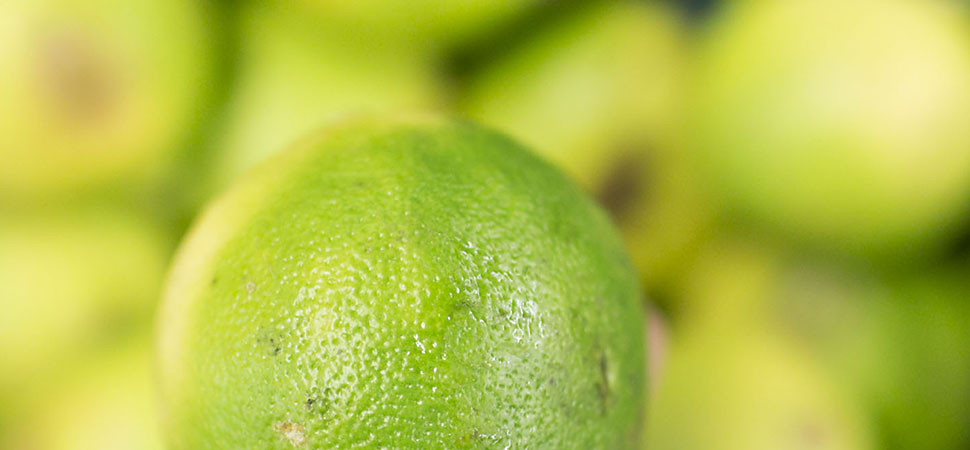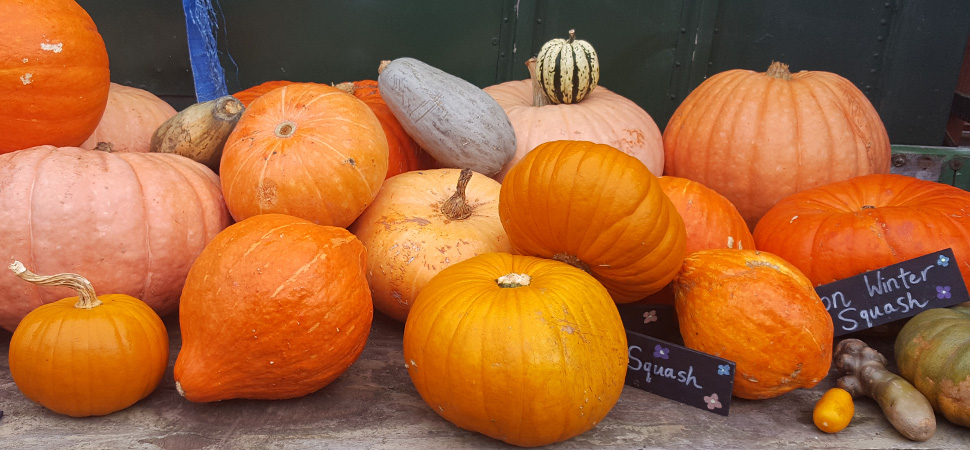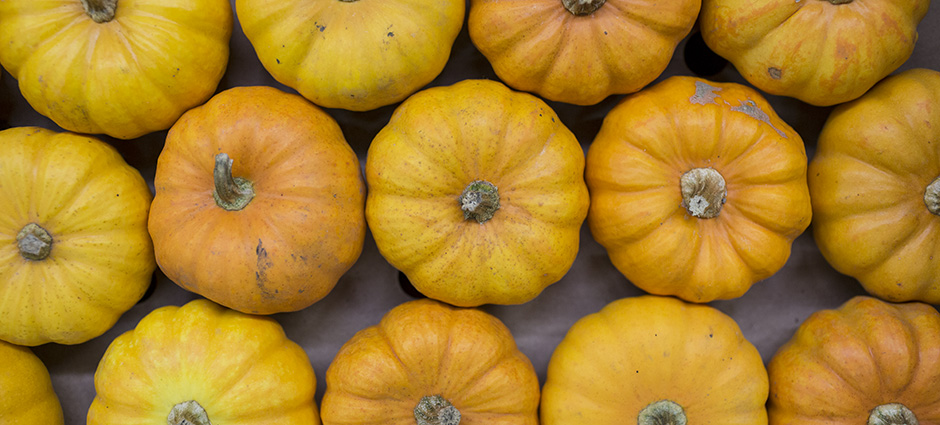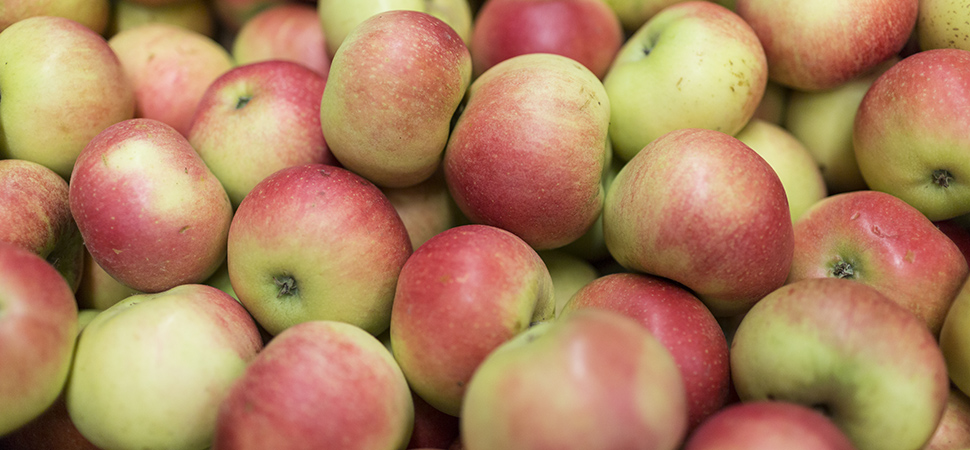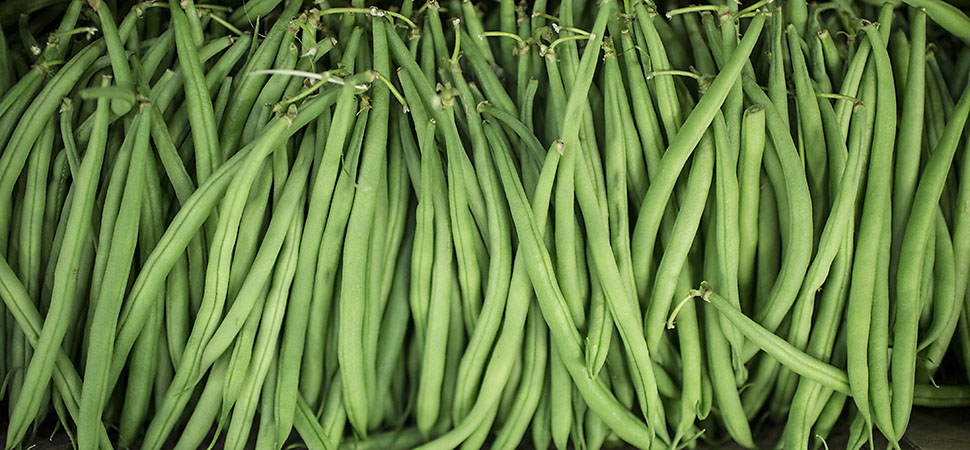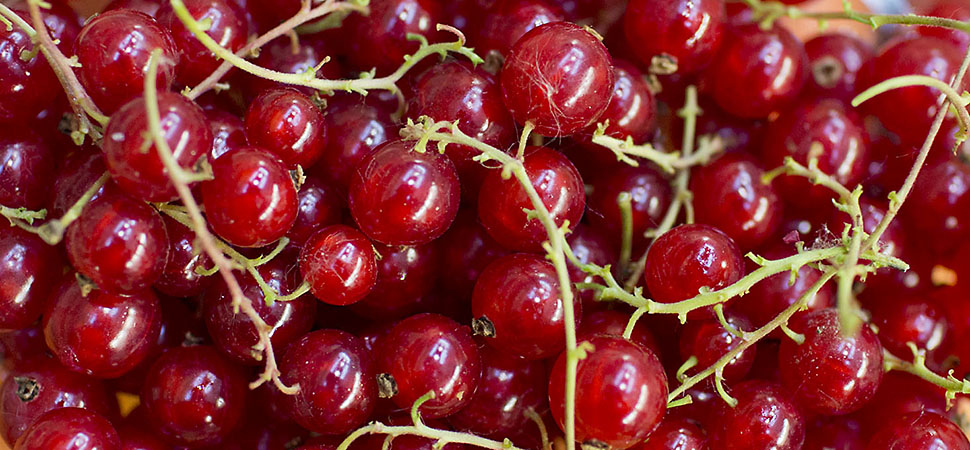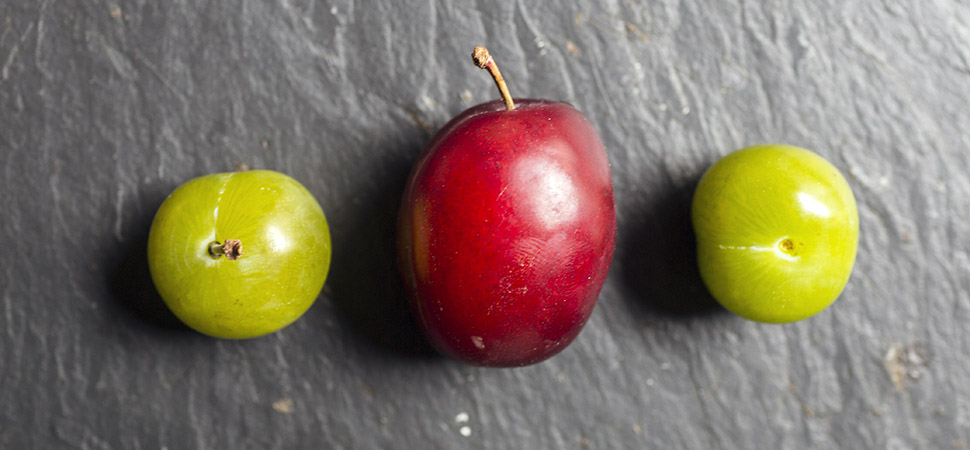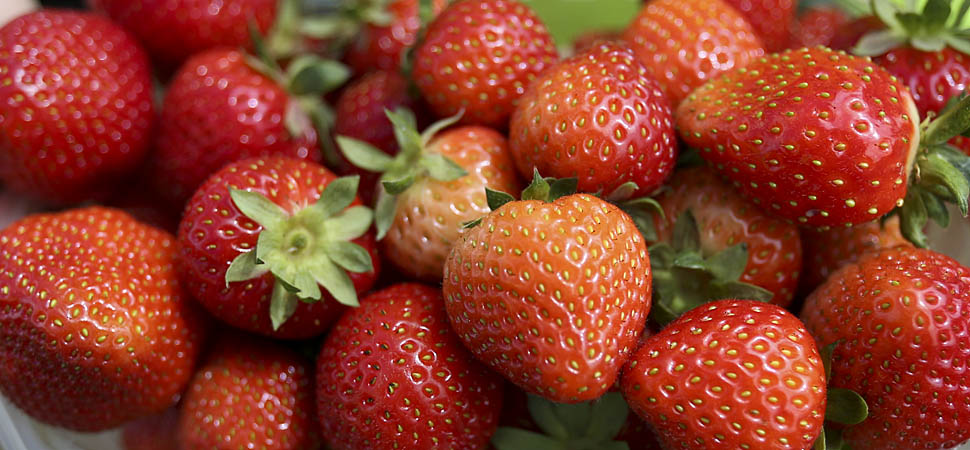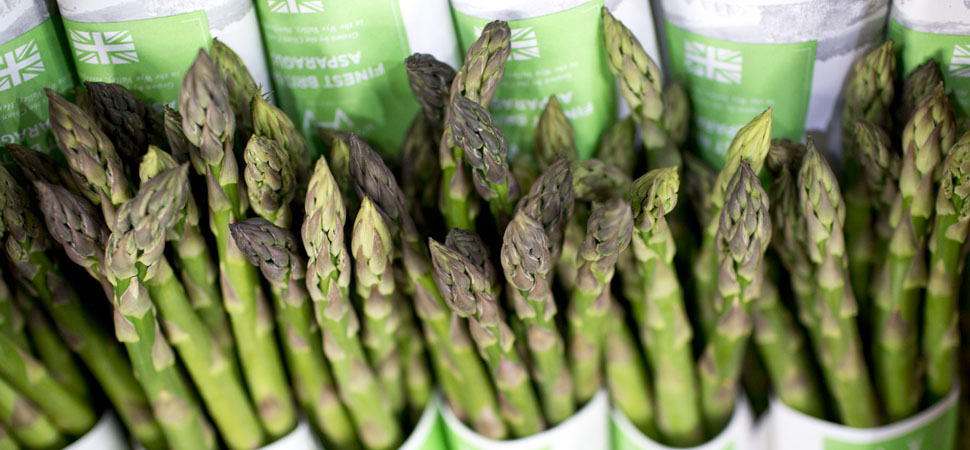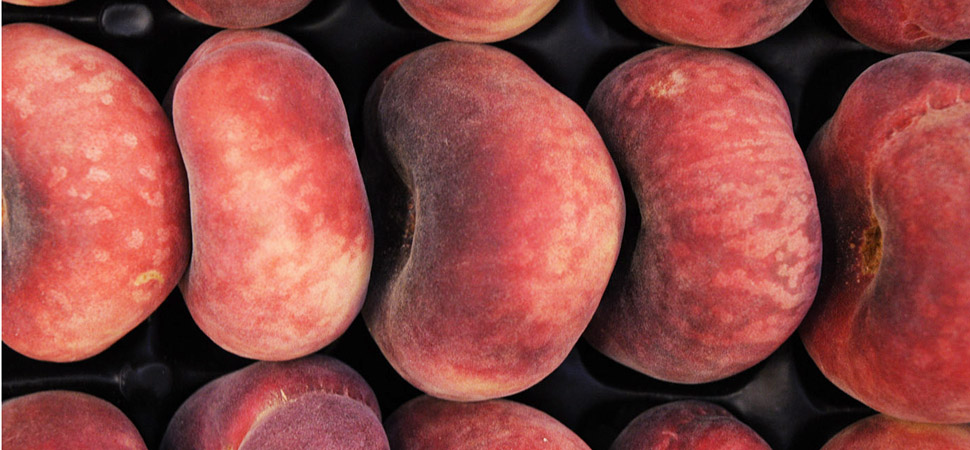A classic autumnal ingredient. But how do you like them? Raw, to roast yourself? Peeled and vacuum packed? Dried? Or in a tin as a puree – sweetened or au naturel? All are available at the market, waiting to feature on your Christmas menus.
Key Facts
Chestnuts were traditionally a classic export from France or Italy. But now – like so many lines – these producers are now up against exports from the East. We can still supply fresh French chestnuts, but the bulk of the product on the market are now Chinese. There are various species of the chestnut tree – larger nuts fetch a higher price.
Uses in the Kitchen
Chestnuts can be whipped into mash to accompany game or added to stuffing mixes. Try adding a handful of dried chestnuts to stews and long braises. Chestnut flour is an interesting addition to cakes and pastries – check your Italian cookery books for more recipes. There is a Corsican doughnut-style fritter called ‘fritelli’. Marrons glacés, the candied version of the nut, is also due a revival.
Picture restaurant in Fitzrovia have been serving an innovative pasta dish using chestnuts: homemade ravioli are stuffed with Italian winter greens and ricotta, then served on with a beurre noisette with quarters of Brussel sprouts and Brussel tops. The chefs spread a little chestnut puree on the bottom of the bowl, which adds a surprising element and sweet richness to the dish.








